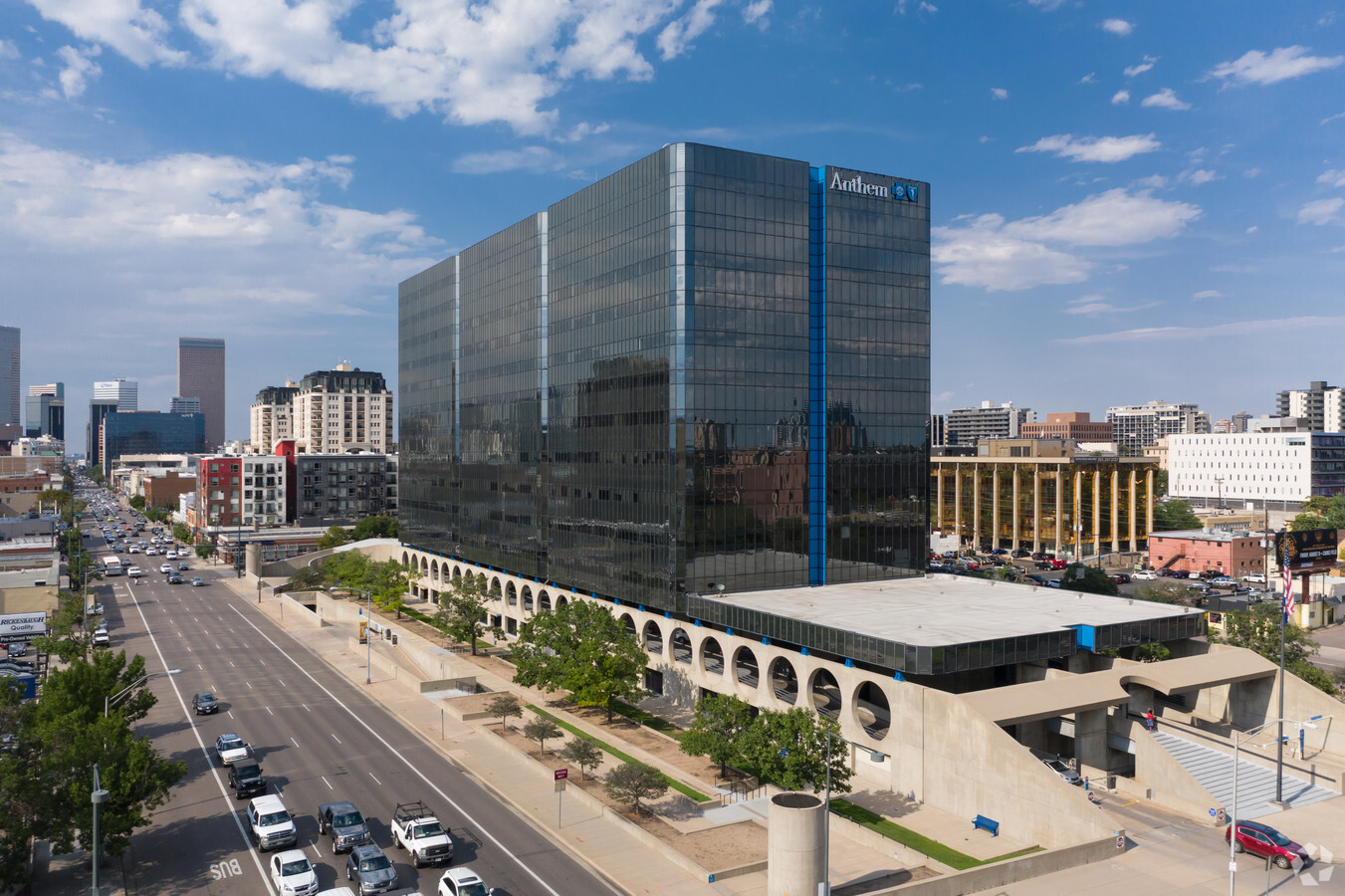Experience and communication keep the project on schedule
Most K-12 and higher-ed construction projects are done in the summer when buildings are unoccupied. This means the “summer break” is anything but for the people at ACES, as they specialize in new construction and retrofit applications for education. Meanwhile, timetables for construction projects in general are getting shorter with the growing popularity of “fast-track construction” methods.
Is your BAS provider up to the timetable challenge? Here’s how ACES makes it happen.
Shorter time window
It’s important to understand the dynamics of K–12 schools today. Most of the on-site project work now is targeted between the June 1 and August 1. “Doing these projects over the last 20 to 25 years, we’ve seen change. We used to have eight to ten weeks to get it done,” recalls Justin Vogt, ACES president. “Now it’s getting pushed down to six weeks or so.”
With new summer school programs, plus faculty and staff training programs, on-site school operations are leaving little time for construction and facility improvement projects. Just two or three days removed from the schedule make projects’ timetables significantly tighter.
It starts with preparation
There are multiple ways ACES has successfully managed timetable challenges, but it starts with preparation. It’s important to get all project information from the building owner or engineer very early into the project. Once the project is approved, ACES can put together a submittal or engineering document, order materials, and do programming for databases and graphics. ACES conducts these tasks, as well as meetings to go over scheduling and more, before they ever set foot on site.
Pace the work properly
“My team and I have a mantra when we start a tight timetable project: ‘Don’t be the guy on the bucket,’” said Justin. “You’ll be at a construction site and see a control guy sitting in the corner on a five-gallon paint bucket, and he’s programming a database. We don’t do that. We typically have the system programmed and ready to go by the time construction finish work is taking place. It’s then we’re effectively using our time on site to check out all the work that was installed versus actively programming.”
Working with subcontractors
Another advantage ACES has is how they work with their electrical subcontractors. The subcontractor must have experience with tight timetables and understand the amount of work that has to get done and by what deadline.
“I think we’ve all had that situation when we’re going on vacation and we seem to get a lot more work done that week before we leave,” explains Justin. “Sometimes our guys feel like that all summer long. With short timetables we’ve got to get a lot done, and they do. They’re just very effective, and our subcontractors play a big role in that. We make sure that we communicate regularly so they understand the schedules. If we run into issues on site, we communicate properly with the owner and engineer. We get answers and we resolve situations.
“There are so many variables in a construction project, and they’re inherently known for having issues when you get on site. You can’t foresee everything, so communication is key. You work together to come up with solutions. That’s something that our team does very well. We create solutions. When we run into challenges, we communicate those to the owner, get their buy in to the solution and then continue to move forward.”
Work area strategies
When a tight-timeline K-12 project is particularly large in scope, ACES team members will first focus efforts in the classrooms — the areas that students and teachers will soon need to occupy. After that, work that’s required in a mechanical room or a boiler room can be pushed into August or fall before the heating season. Knowing how to pace the amount of work that can get done in a particular area or building is critical.
Collaboration: Online and in-person
“We use a project management software that has been thoroughly tested by our team” said Justin. “It’s an especially important tool for us to keep all the pieces of our projects well organized. But we also have regular huddle meetings between our various teams to communicate if there are changes or updates, and to make sure the changes get documented.”
Tight timelines aren’t just for education projects
K-12 and higher-ed buildings aren’t the only projects that require ACES to work on tight timelines. For example, the EDGE@BRDG is a 160,000 square foot building on the Danforth Plant Science Center’s campus in Creve Coeur, Missouri. The building, currently under construction, already has a major tenant, a fast-growing ag-tech firm that’s eager to take occupancy. The project’s four- to five-month schedule is very fast for a building of its size. But ACES is up to the task.
And just because many ACES team members are busy with school-related projects – new construction or retrofit – doesn’t mean their work in commercial, government and healthcare buildings stops. The volume of work just reinforces the importance of proper planning and communication.
Treat every project with respect
The ACES team has a broad portfolio of work in verticals, including healthcare. Part of their experience includes work in hospital operating rooms, a place where, literally, lives are on the line. “One can distort the importance of one project versus another, such as an operating room versus a kindergarten classroom,” said Justin. “But our team understands the importance of making sure both types of projects are done with the same levels of diligence and professionalism. And if the project must be completed quickly, we’re up to the task.”
For more information contact your ACES representative or schedule a system demo.









